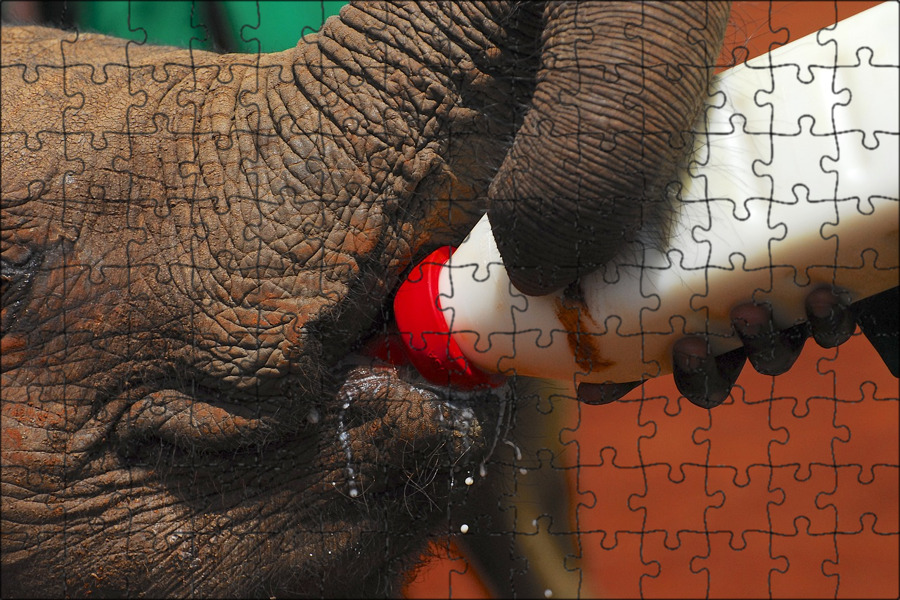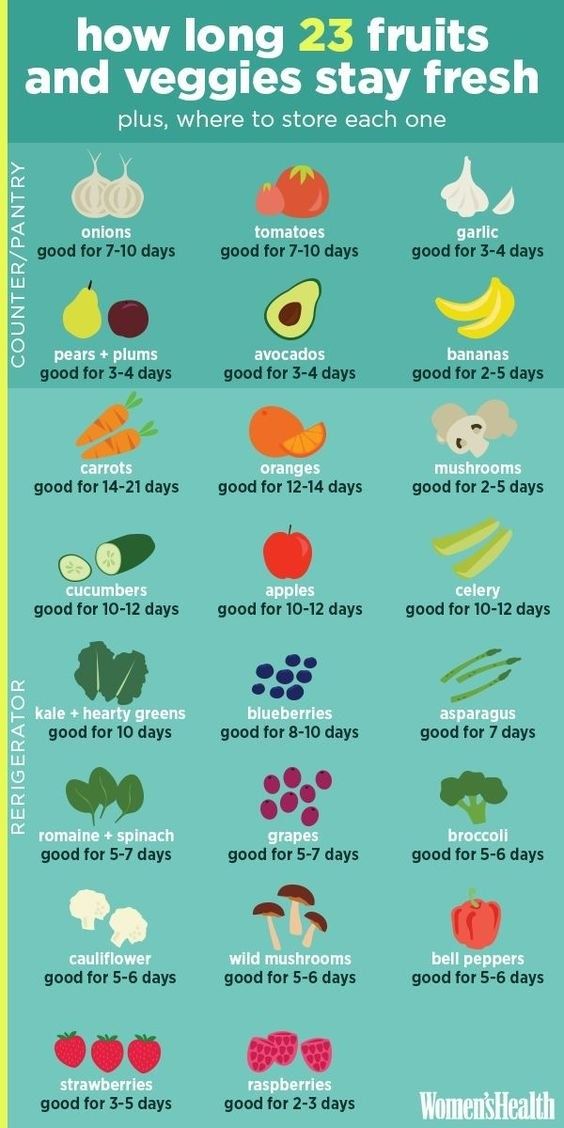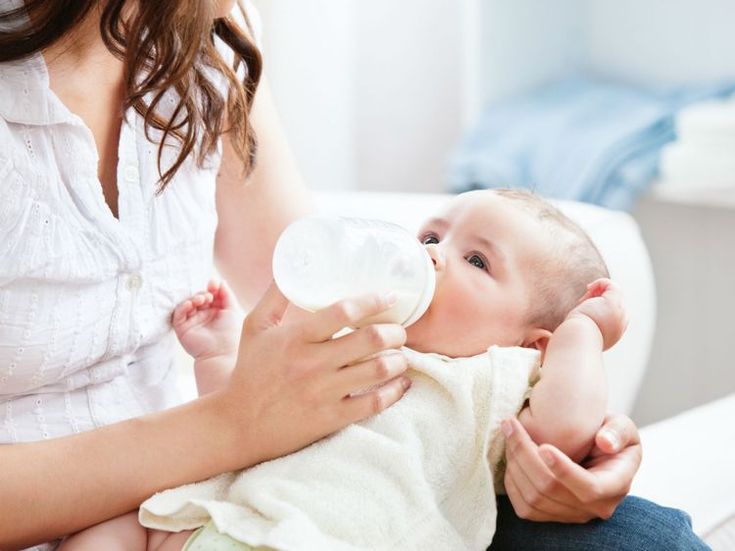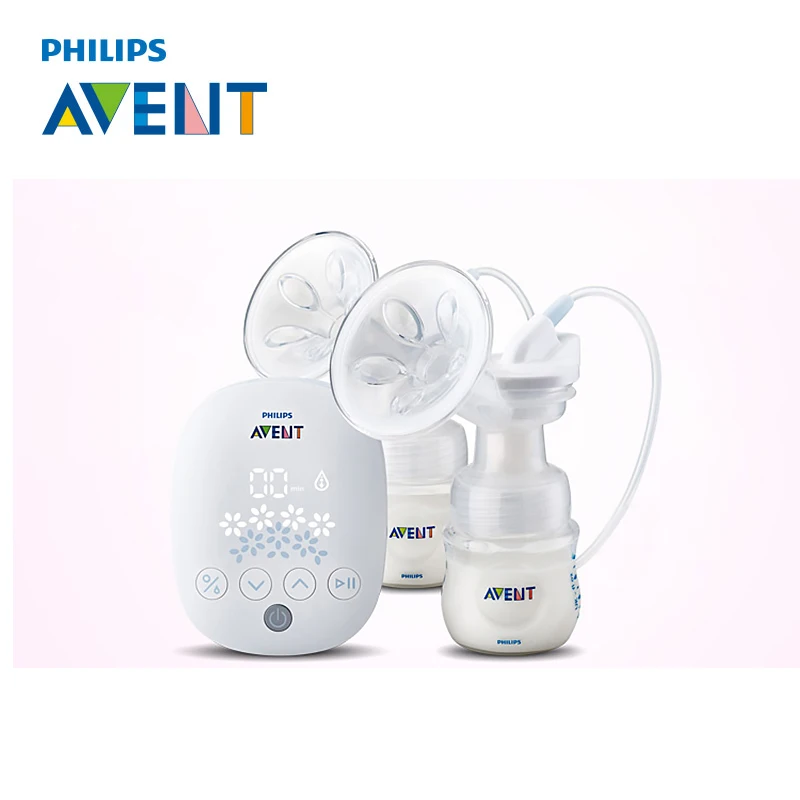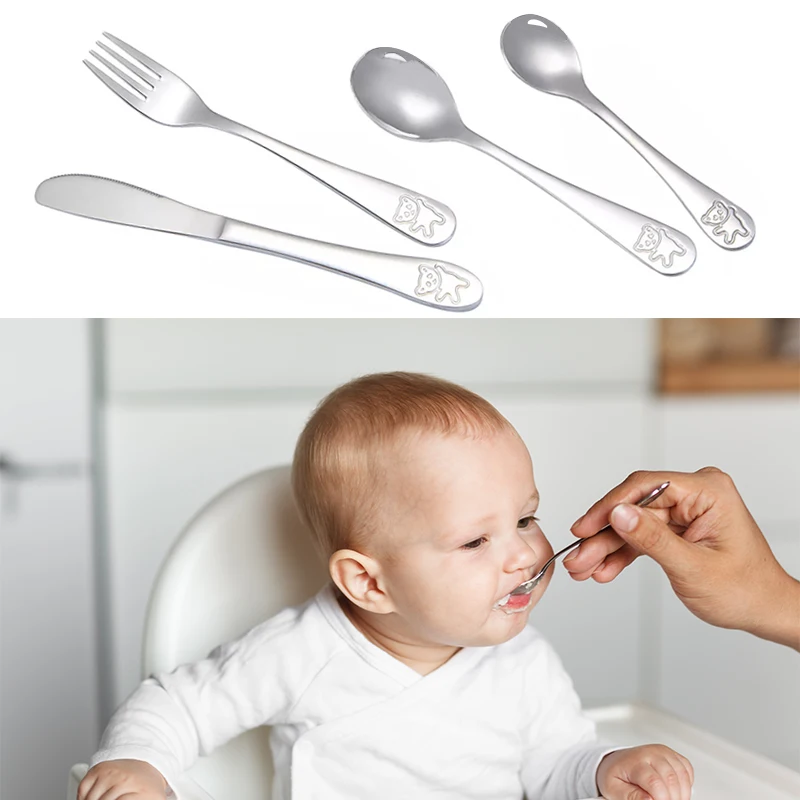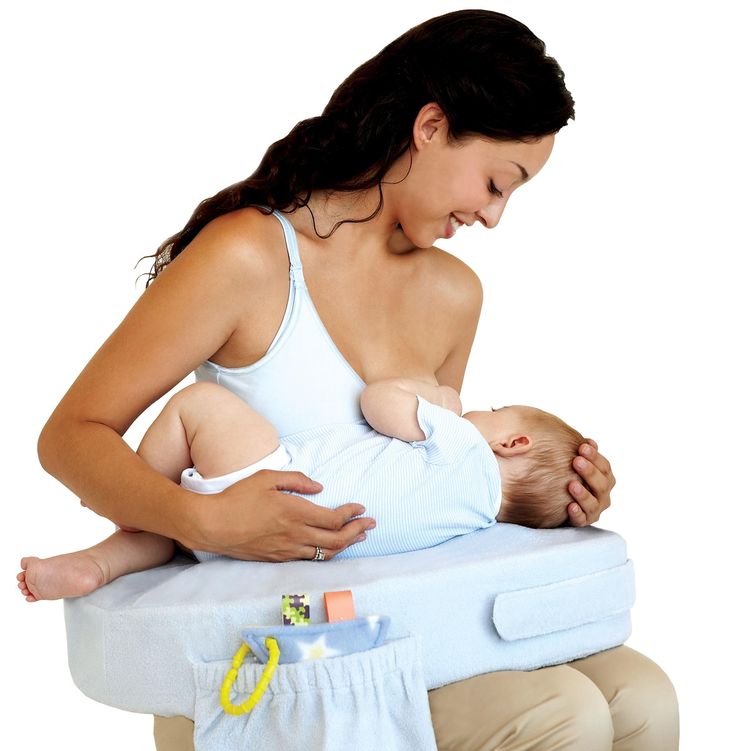Feeding baby elephants
Feeding Baby Elephants ෴ Lakpura LLC
Feeding Baby Elephants in Sri Lanka: Gentle Giants
An iconic constituent of the country’s wildlife, Elephants have over thousands of years been living in Sri Lanka where they have been revered for centuries. What’s more, it is Sri Lanka that cares for the world’s largest herd of orphaned Elephants.
So, if you have planned a trip to Sri Lanka, you will without a doubt take home fond memories of these gigantic yet gentle mammals.
Globally there are mainly two extant species of Elephants – the African elephant (Loxodonta) and the Asian elephant (Elephas maximus), but after recent extensive studies and DNA testing, the African elephant was further subdivided into two distinct species called African bush elephant (Loxodonta africana) and African forest elephant (Loxodonta cyclotis). The Asian elephant falls into three distinct subspecies: Elephas maximus maximus (living in Sri Lanka), Elephas maximus indicus (living in mainland Asia), and Elephas maximus sumatranus (living in the island of Sumatra). All these species of Elephants are of the Elephantidae family and The Proboscidea order.
Inhabiting tropical forests of the island, mainly lowland dry deciduous woodlands, scrubs etc. and frequenting nearby grasslands and cropped lands, the Sri Lankan Elephants, whose lifespan lies between 55 and 70 years, travel in cohesive herds that consist of about 8-12 individuals especially female adults and their offspring headed by the matriarch, but herd sizes can vary. Anyway, males who leave natal herds when they reach sexual maturity can be sighted wandering on their own or in temporary bachelor herds. Their cohesiveness is enforced by a complex communication system. A range of vocalizations, from low rumblings to high-pitched screams and trumpets, along with assorted visual signals is employed when they are close to each other.
Some of their rumbling, growling, bellowing, and moaning sounds of varied low frequency may travel long distances. These herbivorous proboscideans, that wander miles a day mostly in search of food and water, feed on a wide variety of vegetation including grasses, leaves, climbers, shoots, barks, roots, fruits, nuts and seeds and a large number of plant species have been identified to be fed on by Elephants in Sri Lanka.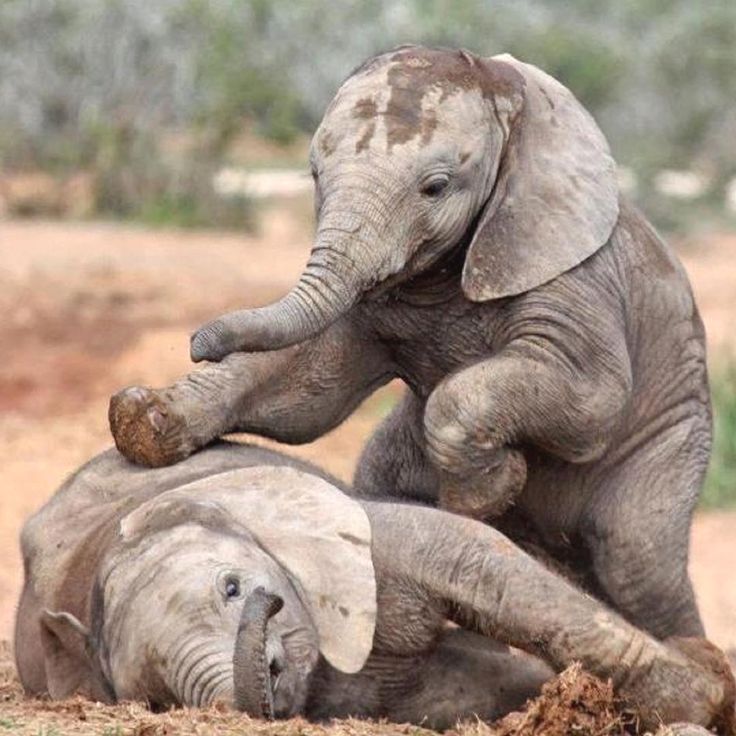
Furthermore, Sri Lankan Elephants are highly intelligent, self-aware, social, emotional as well as strong. It is reported that they move to safer places when natural disasters occur. A classic example is that in 2004 when the tsunami hit the island, Elephants that were roaming in the coastal areas at the time had moved inland moments before the tsunami reached after sensing the looming calamity. These emotional beasts express their emotions using their trunk, ears, head, and tail. Also these species can easily be tamed and is capable of working under human instructions. In Sri Lanka, Elephants have been domesticated and used for various purposes over thousands of years. These powerful beasts have been used for transportation of people on their back, carrying, hauling and lifting logs and other heavy objects like stones used for construction purposes. In addition, these majestic proboscideans have been used for
religious and cultural as well as other ceremonial occasions and this human-elephant relationship dates back to a period of over 5,000 years.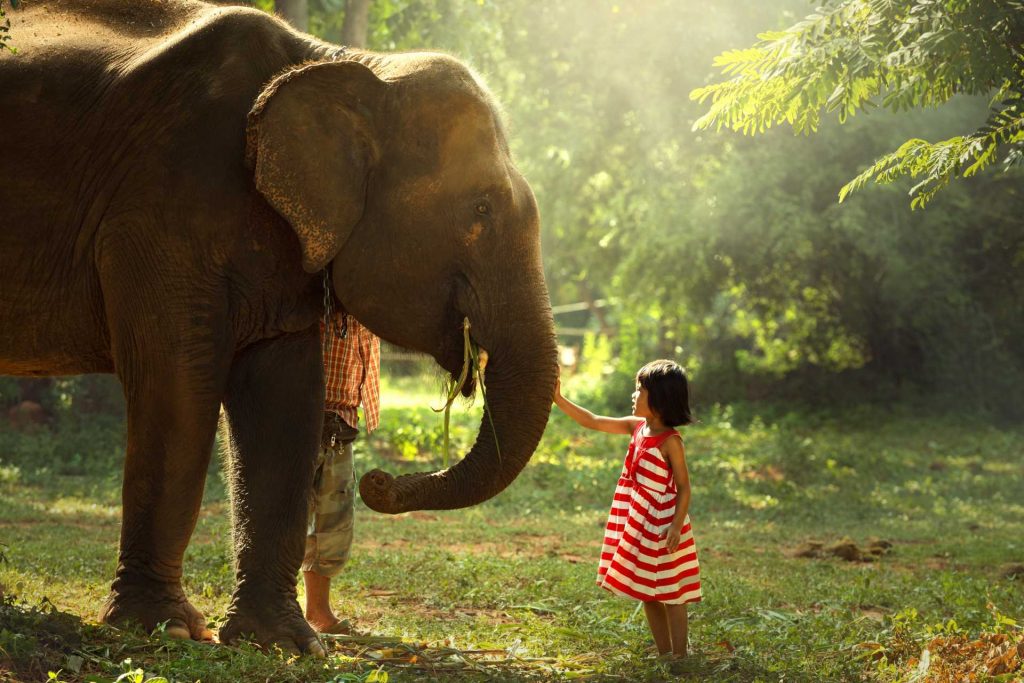
It is also well known that ancient Sinhalese kings of Sri Lanka used captive Elephants even to wage war. Feeding Baby Elephants in Sri Lanka: Orphanages
The Pinnawala Elephant Orphanage was started in 1975 by the Department of Wildlife on a twenty five acre coconut property on the Maha Oya River at Rambukkana. The orphanage was primarily designed to afford care and protection to the many baby Elephants found in the jungle without their mothers. In most of these cases the mother had either died or been killed. In some instances the baby had fallen
into a pit and in others the mother had fallen in and died.
In 1978 the Pinnawala Elephant Orphanage was taken over by the National Zoological Gardens from the Department of Wildlife and a captive breeding program launched in 1982.
Feeding Baby Elephants in Sri Lanka:
Inside the Orphanage there are about 80 Elephants of all ages and sizes, walking around a fairly large territory.
For some extra rupees you can feed the Elephants fruits, like bananas and pineapples. The orphanage also houses baby Elephants, which are really cute! Apparently, it is possible for visitors to bottle-feed a baby elephant if you paid extra.
The orphanage also houses baby Elephants, which are really cute! Apparently, it is possible for visitors to bottle-feed a baby elephant if you paid extra.
Visitors are completely enamored at feeding time when the younger babies are bottle fed with enormous amounts of infant formula, which they guzzle down in a few seconds. You can watch them feeding at 9.15 am, 1.15 and 5.00 pm.
The Elephants are controlled by their mahouts (keepers), who feed them and watch out so they don`t endanger anyone. They do however walk freely around the area and among the visitors most of the time.
Discover Pinnawala
Milk Makes The Elephant Go Round
When baby elephants are born, they need to get up onto all four feet as quickly as possible so to have that first drink of Mom’s milk, and avoid tempting predators with the smell of new placenta.
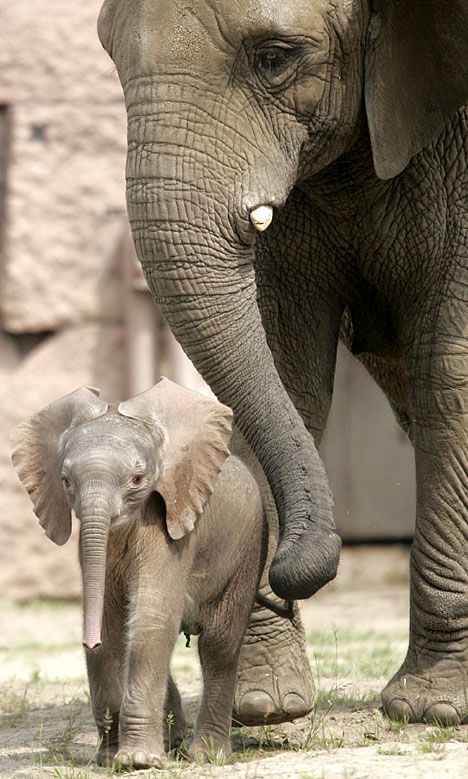
The longer they take to stand upright and keep those shaky little waif limbs firm on their new planet, the scarier it gets for mother and child. Baby needs its milk and will stay beside Mom for years, drinking milk from her teat for somewhere between four to five years old. Sometimes even longer, sometimes a little less.
The mother elephant will do everything she can to help her calf suckle from her, moving her front leg forward to make her teat easily accessible to the baby who wraps its little mouth around the teat and draws out the essential liquid.
This is mimicked with orphan calves as they suckle from the milk bottles given to them around the clock, each day, by their dedicated carers. Just as the calf would touch its mother’s underside or body with its enquiring trunk, communicating through touch, and no doubt receiving comfort from the closeness and intimacy, so too will a calf, especially younger ones, touch their carer’s mouth or face while drinking from the bottle.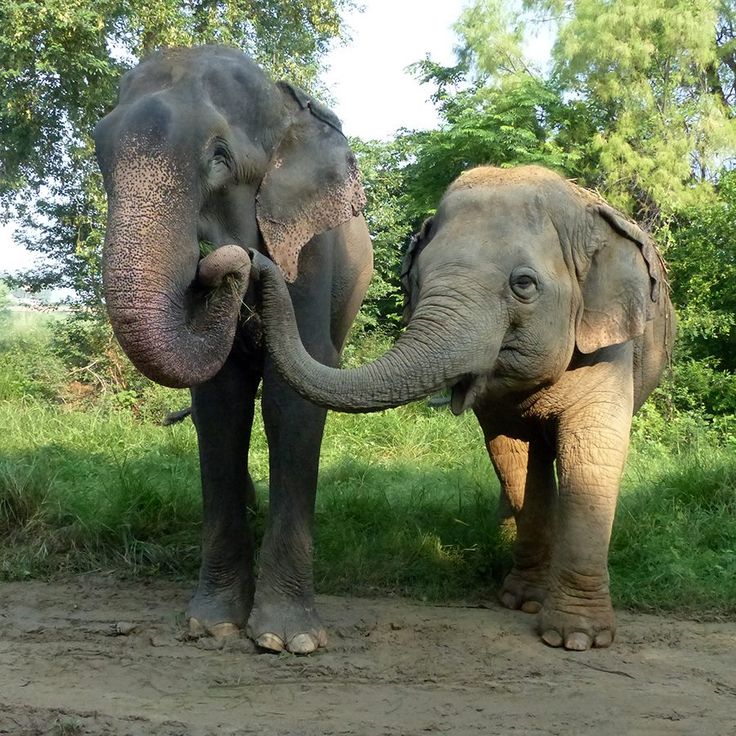
It’s very difficult to escape the persistent snaking trunk of a suckling calf. Sometimes a carer will blow into the calf’s trunk and you can feel the heat from the long probiscis emanating off it. These moments are incredibly tender and often Baby will close its eyes while drinking, completely in the moment of love, nourishment and support between it and its mother, whether human or elephant.
Herman and his zebra friend. One bottle of milk costs $18 – you can donate a bottle to Khanyisa through our GlobalGiving Campaign!In addition to receiving Mom’s milk, the new calf receives colostrum – that special ingredient produced in the breast fluid of an elephant mother before she releases breast milk.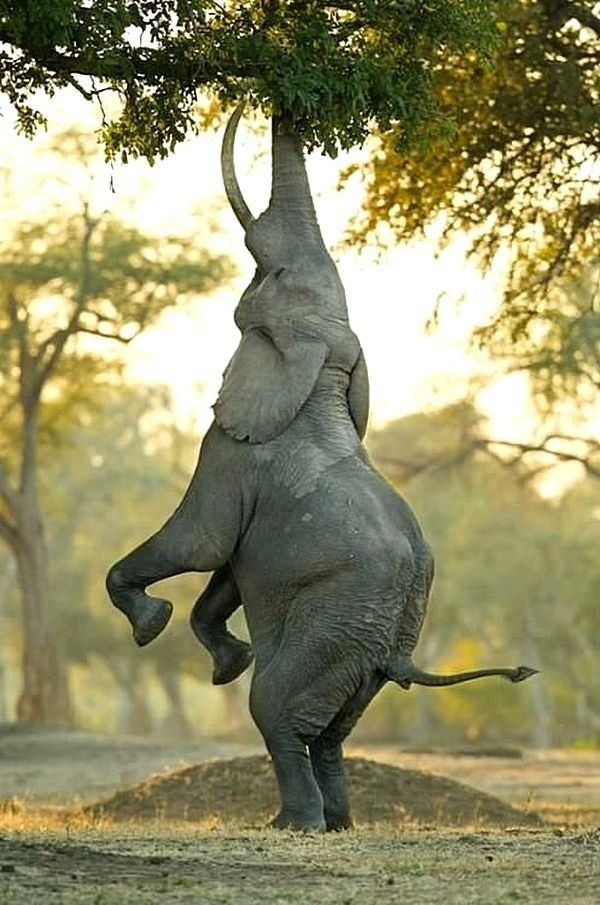 It contains high levels of antibodies, immune cells and growth hormones and is extremely nutritious and essential in allowing a newborn to get off to a good start.
It contains high levels of antibodies, immune cells and growth hormones and is extremely nutritious and essential in allowing a newborn to get off to a good start.
It’s likely that Khanyisa received her dose of colostrum before being caught in the snare and separated from her mother at four months old. Not all elephant orphans, if abandoned early in their lives, are that lucky.
To keep the orphans healing well, growing strong and roaming energetically, we need to provide them with the energy to do so.
When they first arrive at HERD, milk is an essential form of sustenance, giving the calf what their mother is not around to provide. But the act of feeding the baby is also an intense bonding experience for the very sensitive and often traumatised young animals.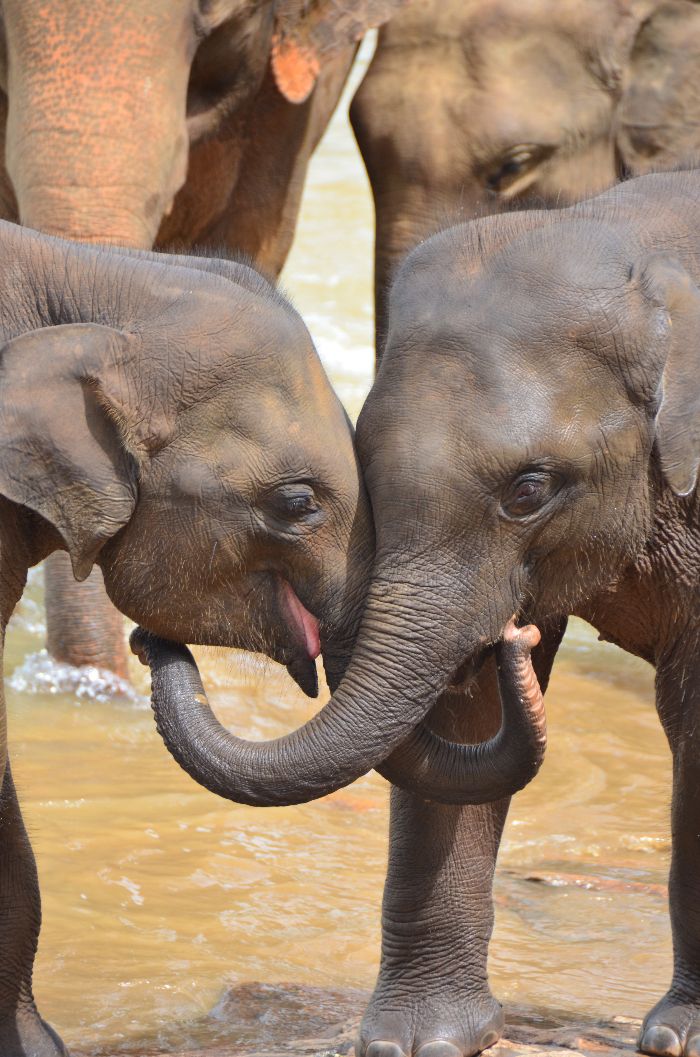
What is it like to feed a baby elephant a milk bottle, besides ticklish? For one, incredibly rewarding, but also challenging, serious, humorous and endearing and expensive. Just like breastfeeding or giving a human baby formula, the process isn’t just a nice-to-do, it’s vital for the survival of your newborn.
Khensani getting ready to feed Khanyisa her milk bottle, with Tokwe keeping a close eye.If Baby is feeling a little under the weather or temperamental, and doesn’t take the bottle, it isn’t as simple a situation as a human adult missing lunch… Babies of all species need extra energy and nutrition to develop those longer legs and bigger brains that will see them through life in their respective wildernesses.
A baby elephant’s milk formulation is exceptionally delicate and needs frequent adjustment, with extra nutritional supplements as they grow, as their mother’s milk would change naturally through the weaning stages and evolving needs.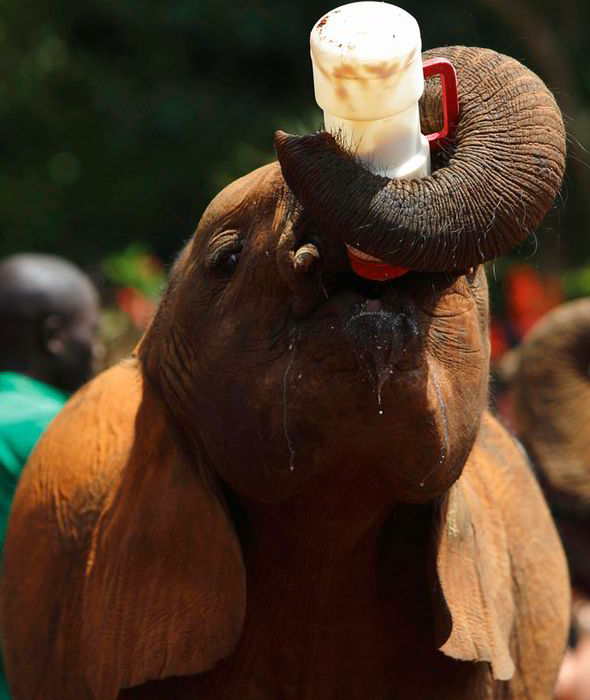 This is a difficult case of trial and error as an error can lead to serious consequences, and since each elephant is different, especially orphans and trauma victims, there is no “one size fits all” model.
This is a difficult case of trial and error as an error can lead to serious consequences, and since each elephant is different, especially orphans and trauma victims, there is no “one size fits all” model.
What works for one elephant at a certain age doesn’t necessarily work for another.
The gut of a baby elephant is also extremely sensitive. When an orphan has diarrhea, it has a ripple effect. It starts by impacting their gut lining, which in turn changes their energy levels and affects their emotional wellbeing. They can move from hero to zero in a short period. Daily records of their feeding and bathroom habits are essential to monitor whether they are excreting or urinating more than what they take in.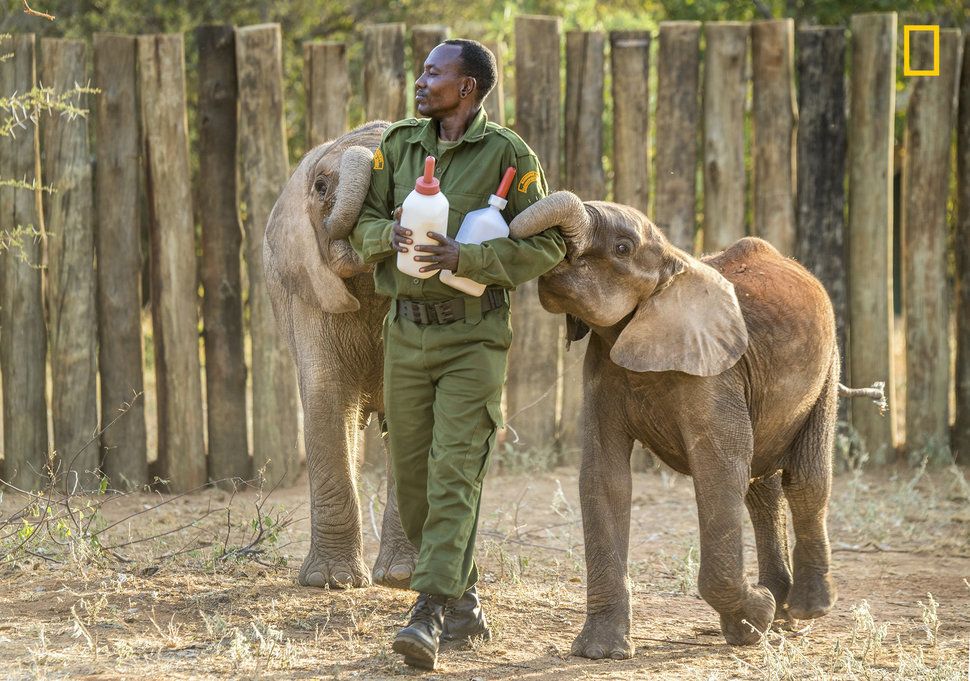 Like human babies, they are very fragile and can quickly dehydrate.
Like human babies, they are very fragile and can quickly dehydrate.
We consult with our experts and friends in rehabilitation often regarding the orphans’ milk formula and their ever-changing needs. Sometimes the damage to the calf, in the case of Fenya, cannot be rectified by milk, no matter how many extra nutrients are added to the mixture.
Each day, several times a day, our carers take to the orphanage kitchen to mix up Khanyisa’s milk bottles, adding the oil and protein she needs to the blend. As the seasons change, and the bush becomes drier now as we enter winter in the reserve, we have increased her milk amounts to supplement the decrease in vegetation she is able to graze on.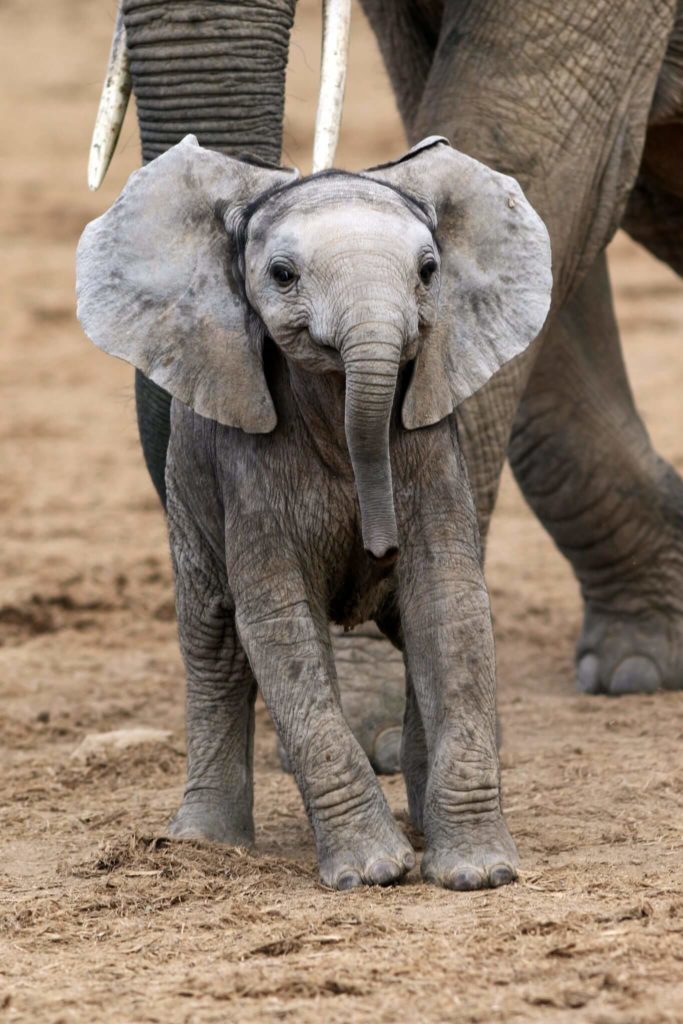
The females of the Jabulani herd are not lactating – they are on contraception, since it is not part of our objectives to reed with the rescued herd until they are able to be released into a large and safe enough reserve without a tourism or human presence. They are so used to people and pose a risk to human-elephant conflict and greater chances of poaching due to familiarity. Finding and affording such land in South Africa, where overpopulation, poaching and habitat loss and destruction is prevalent, is incredibly difficult.
Even though the Jabulani females are not producing milk, many of them welcome and encourage Khanyisa to suckle from them – sucking on their teats is such a natural impulse for the calf and for her adoptive mothers and allomothers.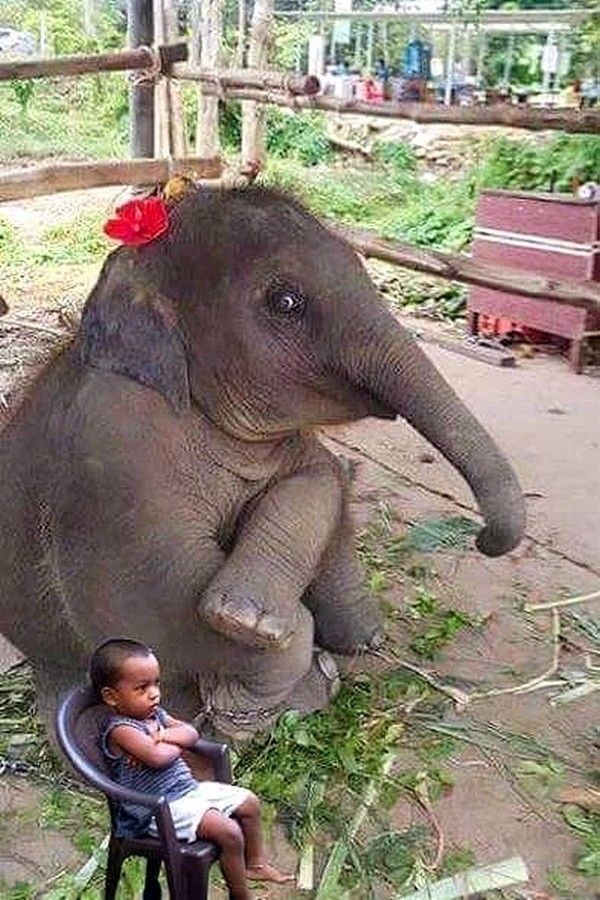 Lundi, Bubi and Tokwe were all greatly efficient at this, but sweet Limpopo struggled and still has some things to learn about motherhood.
Lundi, Bubi and Tokwe were all greatly efficient at this, but sweet Limpopo struggled and still has some things to learn about motherhood.
Khanyisa stopped suckling from the females for several months, but has started to do so again recently now that the bush has started to dry and change again… As a result we increased her milk intake – slowly, so not to bring on diarrhea.
Khanyisa suckling BubiAs she approaches two years of age (in September 2021), Khanyisa no longer receives what we politely christened as “Shit Shakes”, dung mixed with milk, oil and water, as she is developing her own digestive bacteria. But for the first year of her life, she received this essential addition frequently while she started to eat more solids.
The purpose of dung in the diet of young elephants (known as “coprophagia”) is to provide essential bacteria that assists the calf in digesting the vegetation that they eat – bacteria that they are not able to produce when they are so young.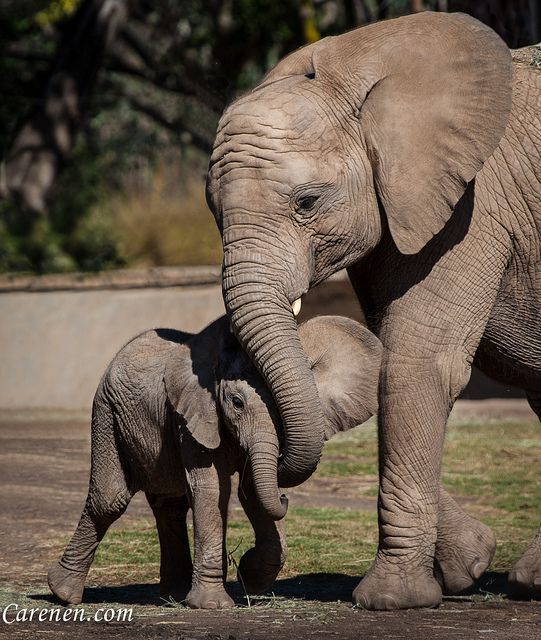 The bacteria helps to break down plant matter in their intestines and helps to boost not only digestion but also the immune system.
The bacteria helps to break down plant matter in their intestines and helps to boost not only digestion but also the immune system.
In this case, the Jabulani herd was able to help! The feces of the older members of the herd were delivered to a growing Khanyisa – fresh, raw and ready, either in a shake or as a ball to nibble on.
Life After Milk
At HERD, we wean orphan calves after four to five years and recently did so with an orphan elephant, Timisa who had been receiving milk in a bucket with pellets until recently. This was supplemented by bana grass, branches, lucerne, marulas when in season and vegetables, which the older elephants in the rescued herd receive too.
Timisa the Courageous
When Timisa arrived in 2016 after being rescued, she was fortunately already feeding herself on solids, was a keen eater and drank sufficient water. After her rehabilitation, we introduced her to the Jabulani herd and she instantly tried feeding from both Tokwe and Lundi a few times (although both of the female’s babies were older, we thought they may well still have a bit of milk left in them).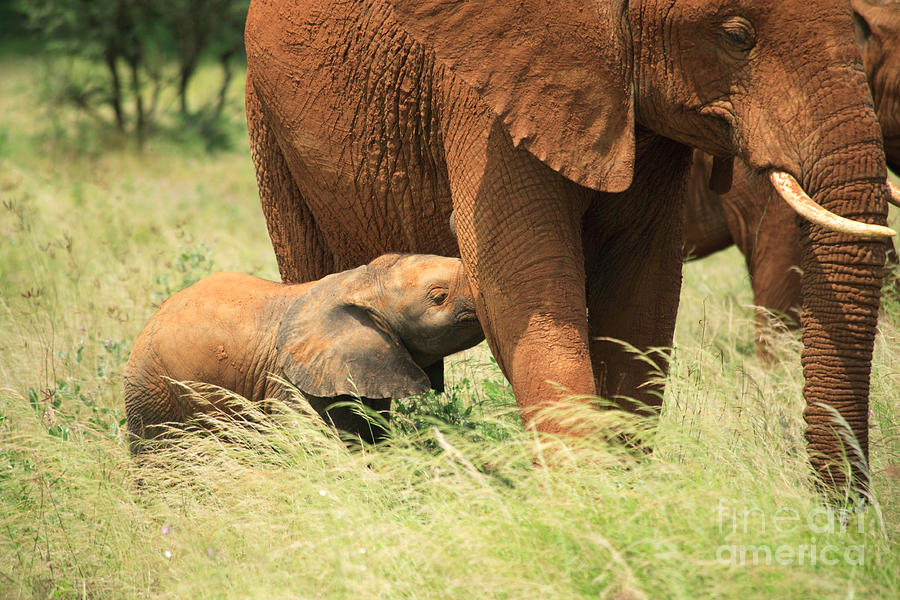 We closely monitored Timisa, as elephant calves are prone to glycaemia, but she continued to thrive with her new herd.
We closely monitored Timisa, as elephant calves are prone to glycaemia, but she continued to thrive with her new herd.
Kind Kumbura
Getting Kumbura to eat after her rescue and during her rehabilitation was not easy. She didn’t like the milk formula, and none of the females in the Jabulani herd were willing to feed her. We truly were not sure whether she would survive. Every day was of the utmost importance in getting her to drink, getting her to feel calm and safe, getting her strong and healthy again.
Winning over her trust was vital to her recovery. Her human carers remained patient, hopeful, and continued to give her all the care and love that she needed. We fed her any nutritious foods that she would eat – which included her favourites, apples and vegetables.
Kumbura, the smallest of the group, with Mombo, Tokwe and Limpopo, in 2012We believe a key reason that Kumbura pulled through was due to the comfort she received from the elephants in the herd – especially Lundi and Tokwe, who adopted her as their own, and her gentle guardian, Sebakwe.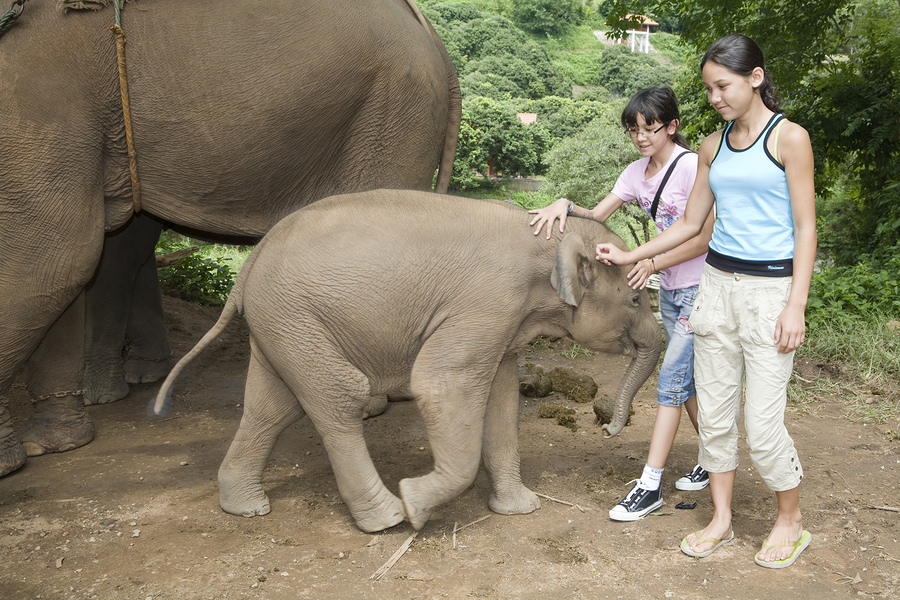
Milk remains a constant and vital part of life for Khanyisa now.
Heading out into the bush to give her milk bottles several times a day is a continual part of parenthood for our carers. Khanyisa certainly has her favourites when it comes to receiving milk bottles and won’t just take from anyone – she needs to know, trust and love her provider. Milk really is something so essential in our daily lives and the journey of orphan calves. It is a job, a connection, and life.
Herman, Khanyisa and Lammie during a morning bottle feed in 2020The funds raised through our valued fosters and donors go towards the provision of the orphans’ essential milk bottles.
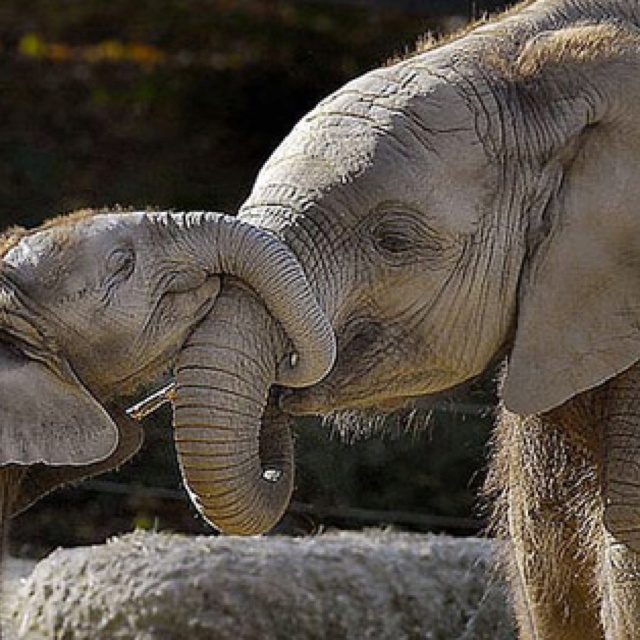
We are so grateful for the support from people around the world who enable us to provide orphans like Khanyisa with the nutrition and care they need to keep growing into strong, healthy elephants, with an adoptive herd of their own.
One bottle of milk costs $18 – you can donate a bottle to Khanyisa through our GlobalGiving Campaign!
Bottle feeding elephants in Africa
Bottle feeding elephants in Africa - My Planet TV channel These orphaned baby elephants survived a terrible trauma, but the International Fund for Animal Welfare (IFAW) and Game Rangers International in Zambia were able to rescue them, rehabilitate them and release them back into the wild. The babies were first placed at the Lilayi Elephant Nursery, where they were fed every three hours and ate 2 liters of specially prepared milk formula.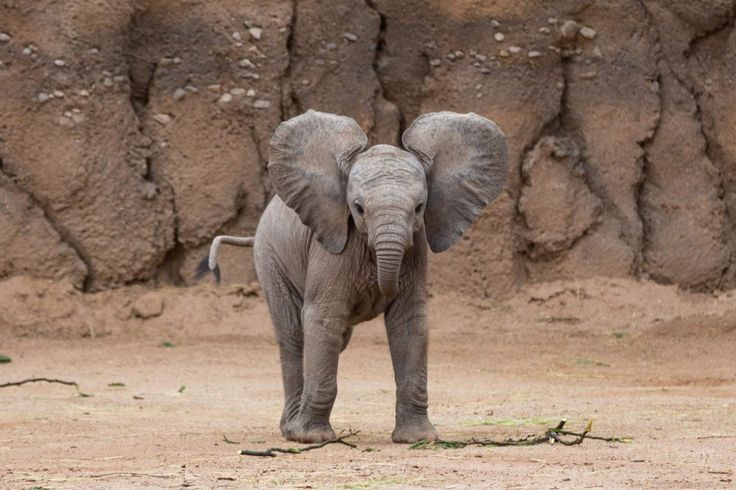
The site may use materials from Facebook and Instagram Internet resources owned by Meta Platforms Inc., which is prohibited in the Russian Federation.
Kazan: what to see over the weekend
Kazan: what to see over the weekend
Top 10 non-standard sights of the capital of Tatarstan
Alexandra Guryeva
November 20, 2022
Harem and its secrets
Harem and its secrets
The East is a delicate matter. But harems existed not only there
Evgenia Shmeleva
November 20, 2022
308865
A Day in the Life of a Naga Baba
One day in the life of a naga-baba
They go naked, live on alms, and no one has the right to refuse them.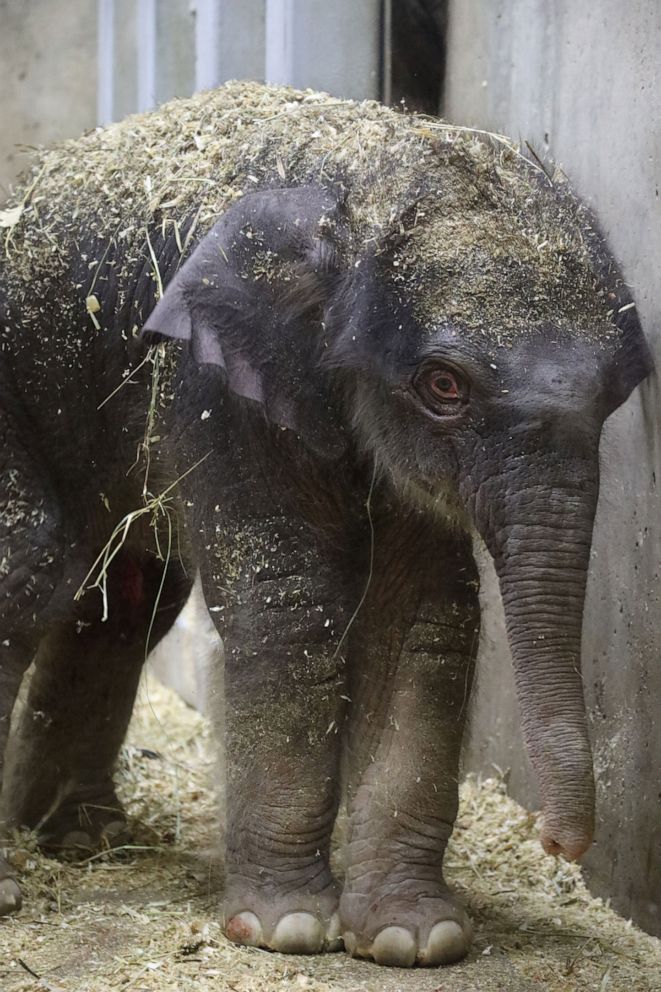 Photo report by Sergey Stroitelev from India
Photo report by Sergey Stroitelev from India
Sergey stroitelev
November 19, 2022
White tigress mourns for dead cubs: touching footage
November 20, 2022
Two volcanoes woke up at once in Kamchatka - Klyuchevsky and Shiveluch
November 20, 2022
Best Landscape Photos of 2022: NLPA
Award Winners AnnouncedNovember 19, 2022
The cat broke her paw and came to the hospital herself for treatment
19November 2022
The biggest stadiums in the world
The largest cities in the world
The saddest fish on earth: the blobfish
Why elephants are afraid of mice
Largest aquatic plant
Why cats love boxes and bags
Why doesn't a man have a mating season?
We use cookies
JSC "Moya Planeta" uses cookies to improve the operation and use of the site https://moya-planeta.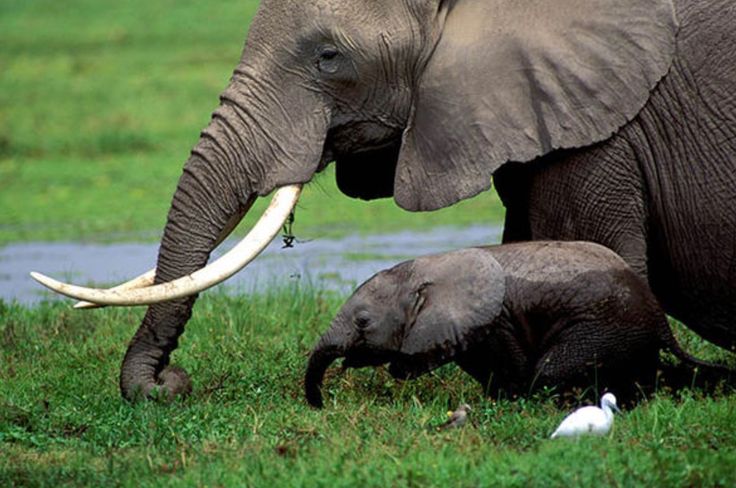 ru/. More detailed information about the Policy of JSC "My Planet" on working with cookies can be found here, about the Policy of JSC "My Planet" regarding the processing of personal data can be found here. By continuing to use the site https://moya-planeta.ru/, you confirm that you have been informed about the use of cookies by the site https://moya-planeta.ru/ and agree with the Policy of JSC "My Planet" on working with cookies. files. You can disable cookies in your browser settings.
ru/. More detailed information about the Policy of JSC "My Planet" on working with cookies can be found here, about the Policy of JSC "My Planet" regarding the processing of personal data can be found here. By continuing to use the site https://moya-planeta.ru/, you confirm that you have been informed about the use of cookies by the site https://moya-planeta.ru/ and agree with the Policy of JSC "My Planet" on working with cookies. files. You can disable cookies in your browser settings.
Pinnawala Elephant Orphanage 🐘, Sri Lanka: Elephant Orphanage
- You are here:
- Sri Lanka
- Sanctuaries
- Pinnawala Elephant Orphanage Zoo
Content of the article:
⇓ Map Pinnaveli
⇓ How to get to Pinnavel
⇓ Olivebox Pinnavel
⇓ Opening hours, ticket prices
⇓ Private oster nursery
⇓ Zoo Pinnavla
⇓ Photo of the shelter Pinnavli
⇓ Weather in Pinnavel Tour Pinnava (pinnaela) Kegalle district in the province of Sabaragamuwa. Pinnawala is the most famous elephant nursery in Sri Lanka. Tourists from all over the country come here to see big and small elephants up close, to see how they are bathed and fed. Traditionally, Pinnawala is visited as part of an excursion program, usually on the way from / to Kandy, and a visit to the nursery is usually given no more than 3 hours. It is best to visit the nursery in the morning. The range of accommodation for tourists in Pinnawala is extremely limited and, as a result, expensive. The city has three hotels on the territory of the reserve near the river, with restaurants attached to them, in the price range of $ 30-100 and several small guest houses. Colombo Airport - Pinnawala: travel time 3-3.5 hours By bus No. Colombo - Pinnawala: travel time 2.5-3 hours. tuke to the nursery about 2 km. Kandy - Pinnawala travel time 2.5-3 hours The nursery itself is about 2 km. City on the southwest coast - Colombo - Pinnawala: travel time from Colombo 1.5-2 hours. Road to Pinnawala from any city on the southwest coast (Kalutara, Bentota , Hikkaduwa, Unawatuna, Koggala, Weligama, Mirissa, Tangalle, etc.) will be carried out according to one scheme - the path will be divided into two parts: to Colombo and from Colombo to Pinnawela. The total travel time depends on the location of the city and the time spent on the way to Colombo. 1) Coast - Colombo: 2) Further Colombo - Pinnawala: Trincomalee - Kandy - Pinnawala travel time 5.5-6 hours. The path consists of two stages Trincomalee - Kandy and Kandy - Pinnawala. Trincomalee - Kandy: Next Kandy - Pinnawala: Polonnaruwa - Pinnawala travel time 5 hours Negombo - Pinnawala travel time 3 hours The nursery was established in 1975 by the Department of Wildlife Conservation (DWC) of Sri Lanka to help orphaned baby elephants found in the surrounding jungle. Initially, the nursery was located in the Wilpattu National Park, after which it was moved to the city of Bentota on the south coast, then in 1978 it was sent to the Sri Lanka National Zoo in Dehiwal. The Elephant Orphanage was permanently moved from Dehiwal National Zoo to 1982 to the small town of Pinnawala with a coconut plantation of 10 hectares, located on the banks of the Maha Oya River, where it remains to this day. After the opening of the nursery in 1995 in Udawalawa Elephant Transit Home (ETH), the function of a shelter for new elephants was transferred to him, and in Pinnawala they began to breed those elephants that are already there. Adult male Ceylon elephants are engaged in the transfer of goods, including feed, and the nursery also takes care of old elephants and cripples. Before the British invaded the island in 1815, over 30,000 elephants lived in Sri Lanka. In view of the hunting of elephants and their extermination, by 19In the 60s, there were practically no wild elephants left on the island, they were on the verge of extinction. Since 1982, a government program has been operating in Pinnawala aimed at breeding Ceylon elephants. At the moment, about 3,000 individuals live in the wild of the island and the population of elephants in Sri Lanka is gradually recovering. The free movement of the herd within an area isolated from external influences allows elephants to mate and produce offspring even in a nursery. The first baby elephant was born in Pinnawala at 1984 year. Now the nursery contains about 90 Asian elephants, annually the nursery is visited by more than 400,000 tourists from all over the world. Typically, the time allotted for visiting an elephant orphanage is usually around 2. Please note that elephant trekking is not allowed in the public elephant sanctuary, this can only be done in a private elephant center (see description below). Also in Pinnawala there is a small private orphanage of the Samarasinghe family since 1979, which contains about 8 elephants. The MEF center is open from 8:30 to 16:00, skiing from 9:00. In the center you can ride an elephant, feed and bathe a baby elephant. Program offered to tourists: It is planned to complete the construction of a full-fledged Pinnawela Zoo in the city of the same name in the coming years. Despite the fact that the zoo was officially opened at the end of 2015, the construction was not completed at the end of 2020, but part of the exposition is open: the zoo presents leopards, deer, birds, turtles in their natural habitat.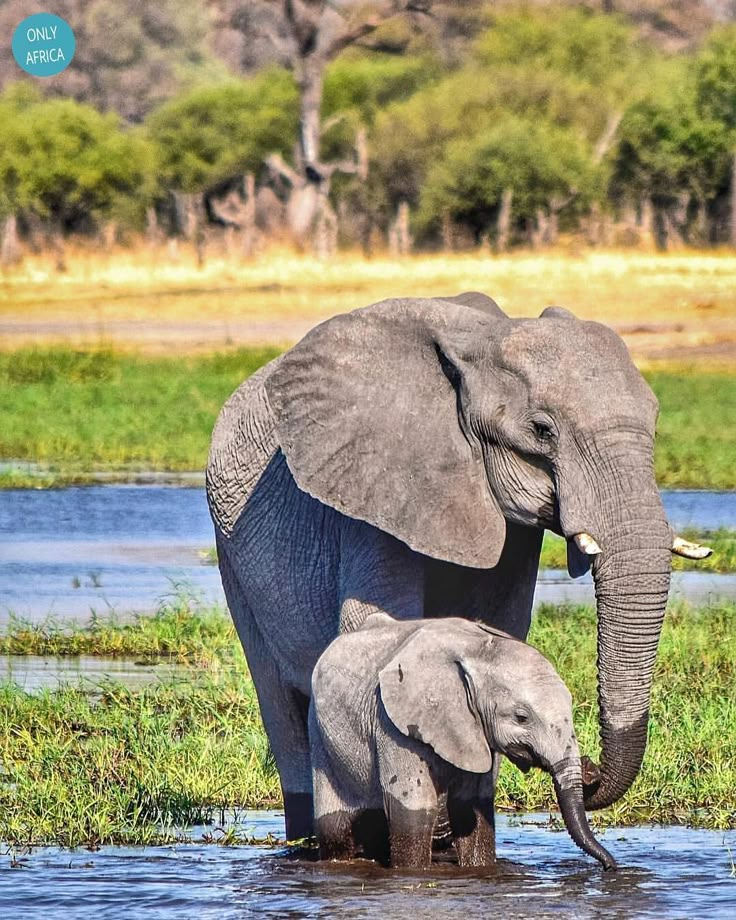 The city is located midway between Colombo and Kandy, 70 km from the international airport of Sri Lanka and 90 km from the actual capital of the country. Sometimes Pinnawala can also be erroneously called Pinavella. The city is mostly known for being home to the Pinnawala Elephant Orphanage (PEO), the world's largest captive breeding facility for wild Asian elephants.
The city is located midway between Colombo and Kandy, 70 km from the international airport of Sri Lanka and 90 km from the actual capital of the country. Sometimes Pinnawala can also be erroneously called Pinavella. The city is mostly known for being home to the Pinnawala Elephant Orphanage (PEO), the world's largest captive breeding facility for wild Asian elephants. 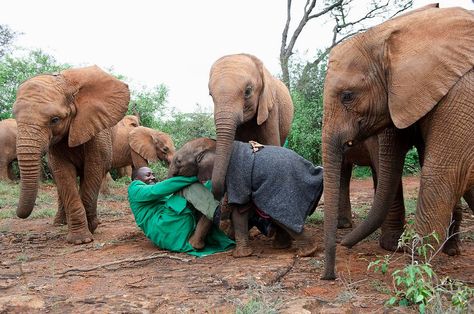 Also in Pinavella there are bank branches, ATMs, souvenir shops and a couple of restaurants.
Also in Pinavella there are bank branches, ATMs, souvenir shops and a couple of restaurants.
Pinnawala Nursery on the map of Sri Lanka
How to get to Pinnawala
How to get to Pinnawala from the airport
(
round-the-clock) to the Colombo Fort railway station, from there by train to the Rambukkana railway station, then by tuk-tuk to the nursery about 2 km.
How to get to Pinnawala from Colombo
How to get to Pinnawala from Kandy
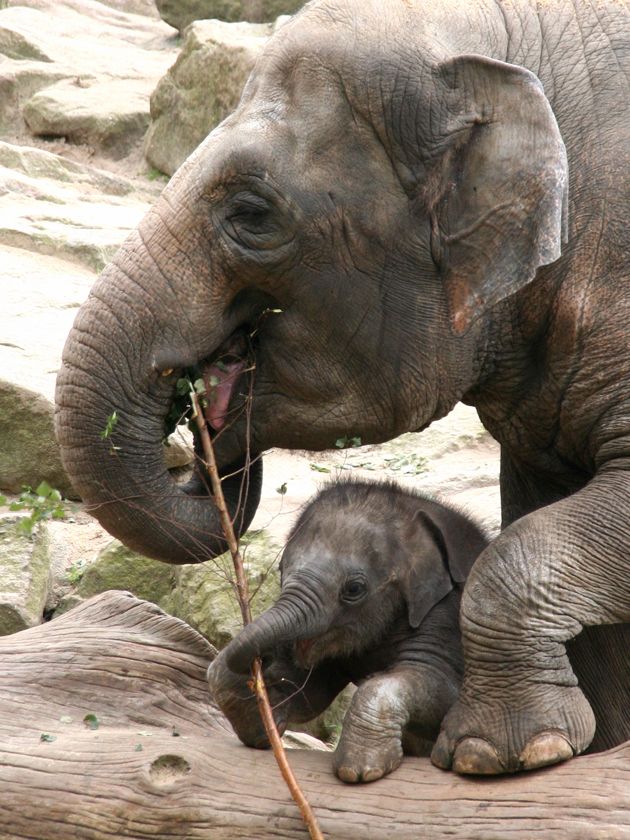 1, 1-1 or 1/245, 315/1 to Kegalle bus station. From there by tuk-tuk to the nursery 10 km.
1, 1-1 or 1/245, 315/1 to Kegalle bus station. From there by tuk-tuk to the nursery 10 km. How to get to Pinnawala from the southwest coast
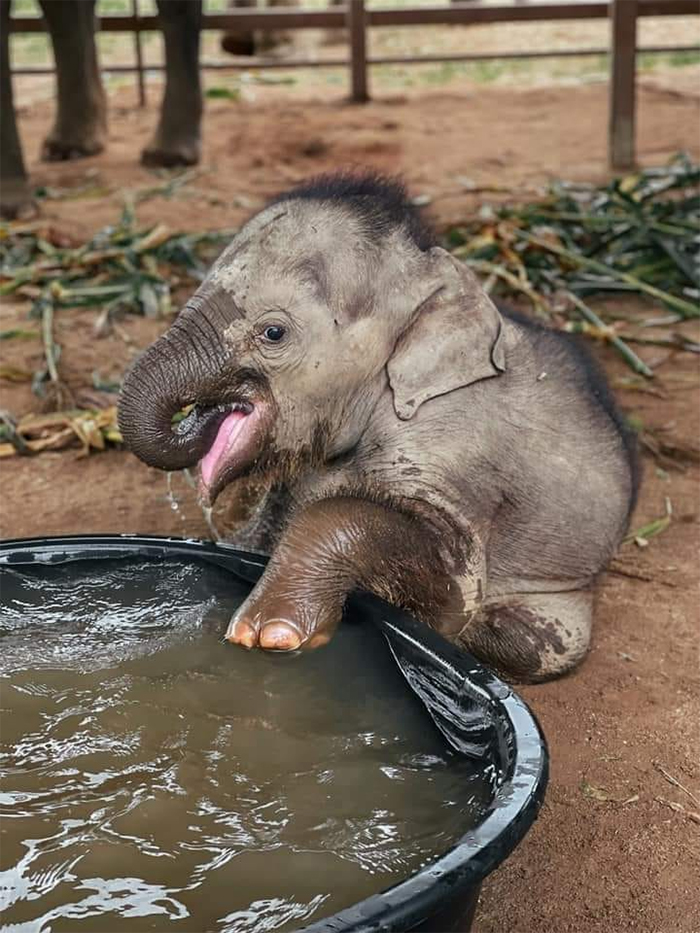 From there by tuk-tuk to the nursery 10 km.
From there by tuk-tuk to the nursery 10 km. How to get to Pinnawala from Trincomalee
How to get to Pinnawala from Polonnaruwa
How to get to Pinnawala from Negombo
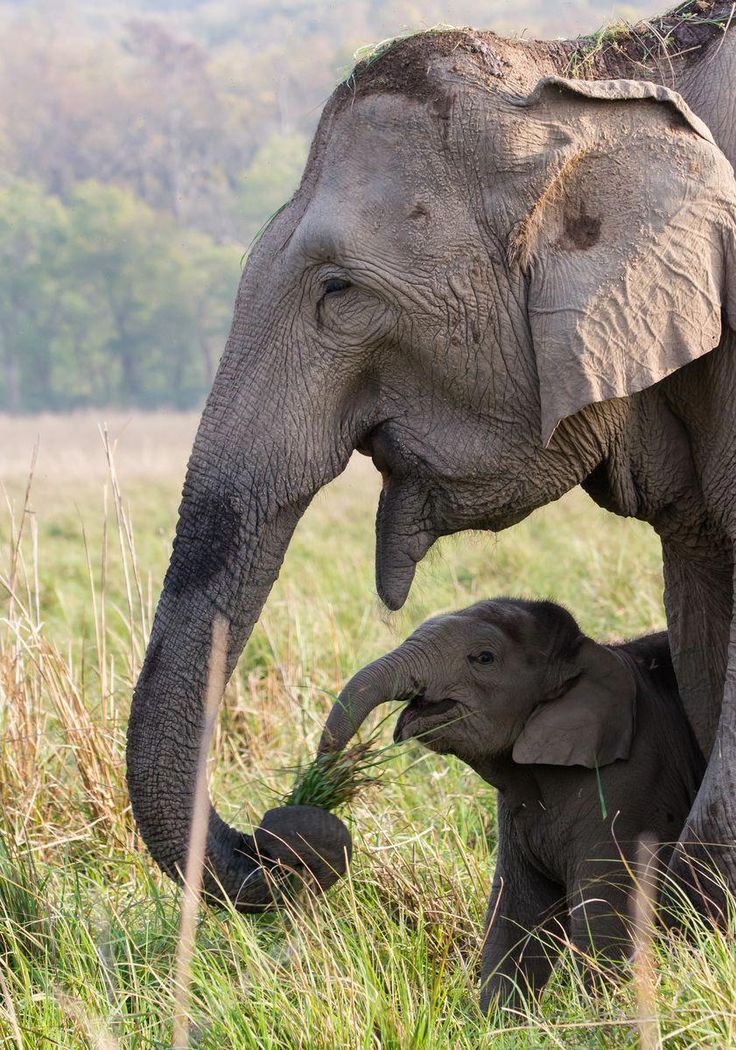 From there by tuk-tuk to the nursery 10 km.
From there by tuk-tuk to the nursery 10 km.
Pinnawala Elephant Orphanage (PEO)
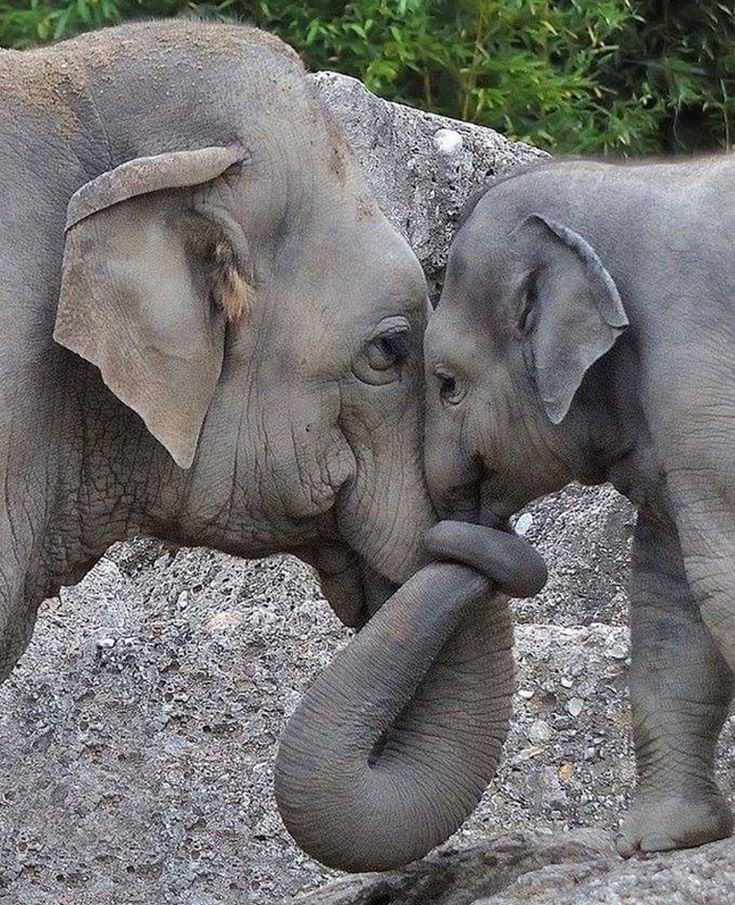
Pinnawala Orphanage Hours of Operation
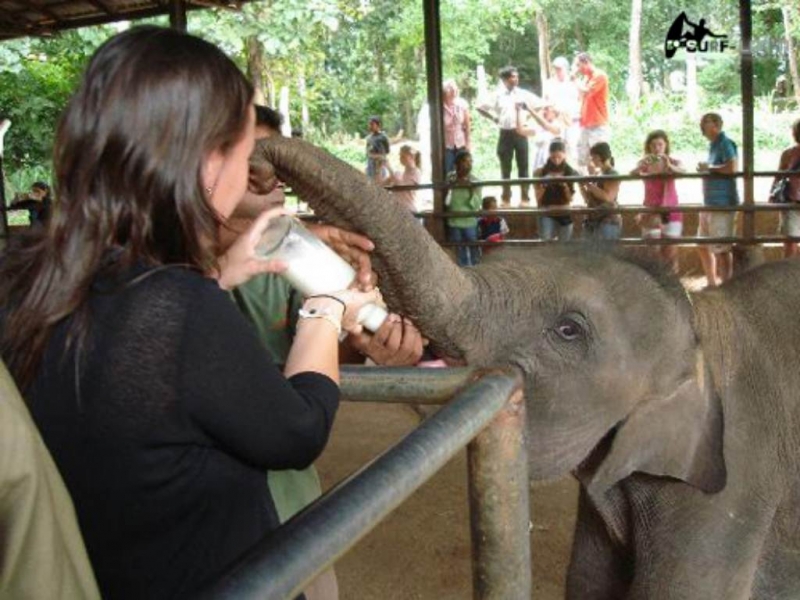 5-3 hours. Daily schedule with daily routine:
5-3 hours. Daily schedule with daily routine:
The cost of entrance tickets to Pinnawala (PEO)
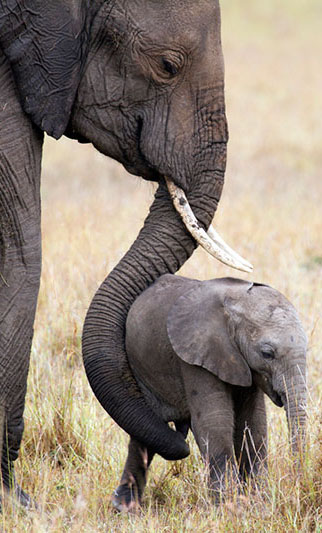
Millenium Elephant Foundation (MEF) Elephant Orphanage
Pinnawela Zoo
